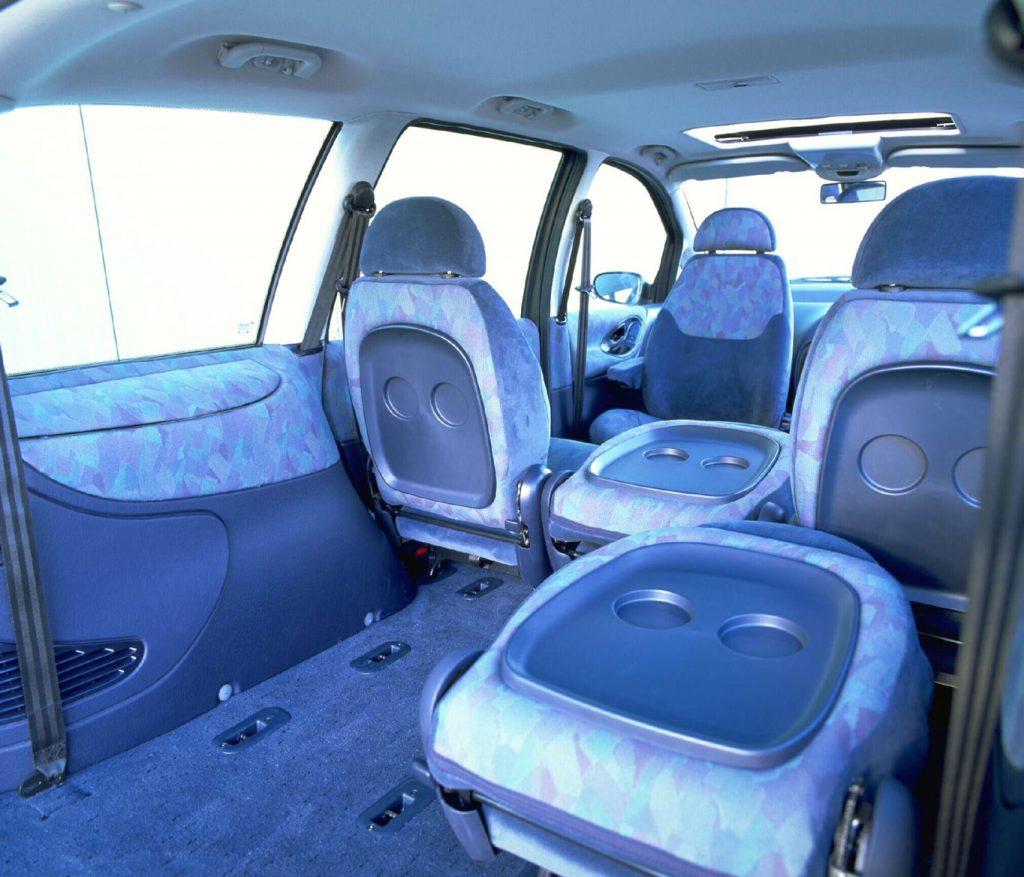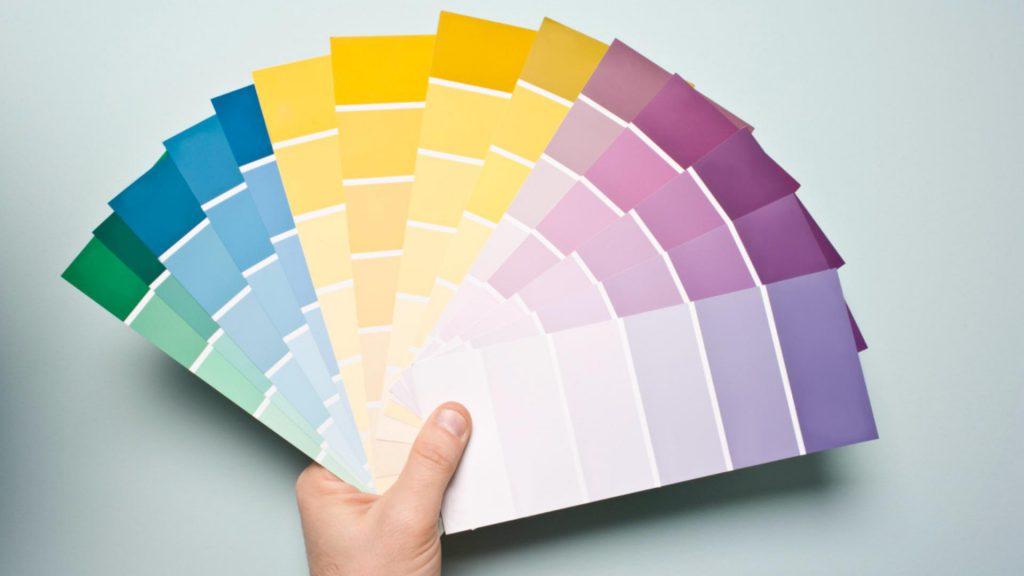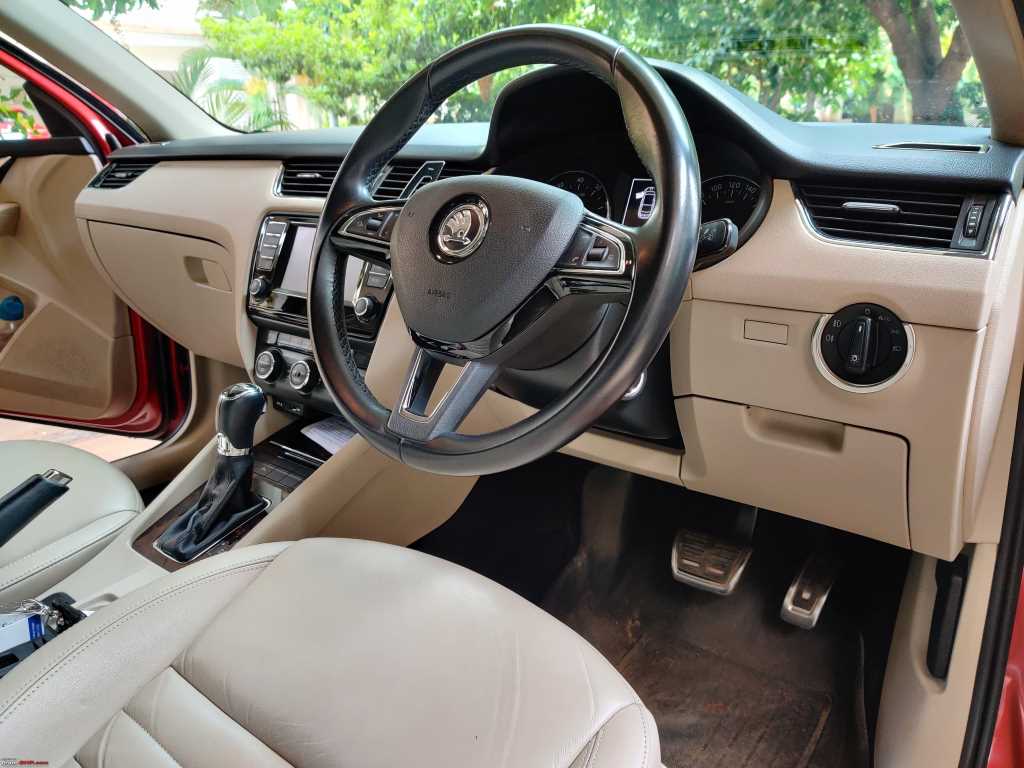Car color is not just the matter of how it looks from the outside but from the inside as well. The right and best interior car color signifies your choice. Moreover, the high quality and durable interior color can add more value to the car.
But, to accomplish that you should know a few rules for picking the best car interior color combinations. So, check out the useful rules that will lead you to the desirable car interior.
Contents
How To Pick The Best Interior Car Color?
Your car shows your personality and the taste. Hence, it is important to pick the right interior theme that goes with your personality and your profession altogether. So, let’s find out how you can pick the color for the interior of your car now!
Rule 1 –Discover your Interior Design Inspiration
Your car’s interior defines your design inspiration. So, it’s better to be found out. You won’t enjoy your ride if the interior isn’t the one that you like.
Whatever, the theme you are going to choose, just ensure that it is the combination of at least three colors excluding the neutrals like black, white, and brown.

There is no need to start from scratch, just finalize your soul color, or even consult the expert who has the deep industry knowledge to be done with the best interior car color.
SEE MORE:
- How does your car color define your personality?
- Find out, which is the greatest car of all the time?
Rule 2 – Consider Visibility and Safety Factors
A few colors have visibility and safety effects on your driving. Many people overlook the interior color and the safety while they drive. Most of the colors have risk factors that fluctuate during day and night.
Like black has 12%, blue has 7%, and silver has 10% high risk at daylight. So, pick the color (be it internal or external to the car) that suits your driving schedule as well.
Rule 3 – The Interior is a lot more dependent on the Exterior
The most important rule to get the best interior car color is to collaborate it with the exterior. One simply cannot have the blue interior with striking red exterior.
But it doesn’t mean that you should coat the entire car with the same color inside out. Instead, try to use some best color combinations like black-gray, white-beige, and much more.
Besides, you can add more detail to the interior by not falling for the cheap paints. Picking the paint is a one time expense and a low-quality color can horribly spoil the internal look of the car.
>> Click here to buy an used car with good conditions from Japan
Rule 4 – Go with the Safest Colors
If the availability of multiple colors confuses you, it’s better to go for the safest color combination. Some of them are yellow, cream, blue, and red. These base colors will go with almost any sort of exterior and result in the best car interior color combinations.

Best Interior Car Color Recommendation: Light or Dark
Lighter Interiors Color
When considering the incorporation of lighter interiors into your vehicle, it’s essential to delve into the nuanced aspects of this design choice.
The upsides:
- Enhanced airiness and spaciousness: Opting for white or other light-toned interiors instantly bestows your cabin with an expansive and open ambiance, lending an air of luxury and comfort to your driving experience.
- Elegance in luxury and sports cars: Light interiors seamlessly elevate the opulence of high-end luxury SUVs or sports cars, exuding an elevated sense of sophistication and refinement that complements the premium nature of these vehicles.
- Temperature regulation: The scientific properties of white surfaces work in your favor, reflecting all wavelengths of light and minimizing heat absorption. Consequently, during scorching summer days, your vehicle’s cabin remains cooler, providing respite from the sweltering heat.
The downsides:
- Susceptibility to stains: While the seats may remain cooler in warm weather, light-colored interiors can become magnets for dirt, stains, and spills, requiring vigilant upkeep to maintain their pristine appearance.
- Culinary considerations: For individuals who enjoy on-the-go meals, a white or light interior might pose challenges, as a simple mishap, such as a glob of ketchup on white leather, could prove difficult to remedy, potentially marrying the overall aesthetic.
- Premium pricing: Lighter interiors often come with a premium price tag, varying depending on the specific make and model of the vehicle. For instance, the Mercedes-Benz S-Class offers the Porcelain nappa leather option as a $4,500 upgrade, while the Jeep Grand Cherokee presents the Brown Light Frost interior option at a comparatively modest cost of $695.

Darker Interiors Color
Embracing the allure of darker interiors warrants a comprehensive exploration of their merits and drawbacks.
The positives:
- Simplified maintenance: Black or darker-colored interiors are renowned for their practicality, as they are more forgiving when it comes to concealing dirt and blemishes, resulting in easier cleaning and upkeep.
- Sporty and athletic aesthetics: The infusion of darker tones imparts a sportier and more dynamic vibe to your vehicle’s interior, resonating with those who relish a heightened sense of adventure during their drives.
- Versatile color coordination: Darker cabin hues effortlessly complement an array of exterior paint choices, ensuring a harmonious blend that enhances the overall visual appeal of your vehicle.
The enduring popularity of the “black-on-black” combination, where both the exterior and interior are black, underscores its timeless appeal.
The negatives:
- Light absorption and heat: Darker interiors have a propensity to absorb light and heat, potentially resulting in warmer cabin temperatures, particularly in sunny conditions.
- Potential for dullness: Certain shades of gray or dark colors might contribute to a dreary or somber interior atmosphere, impacting the overall mood and aesthetic of the driving environment.
In conclusion, the decision between lighter and darker interiors involves a careful consideration of various factors, including aesthetic preferences, maintenance expectations, and budget considerations.
By examining these nuanced aspects, you can make an informed choice for the best interior car color that aligns seamlessly with your unique driving experience and personal style.




Hi what do you think are the best interior color combinations for a white GMC Sierra 1500? Of course you can’t go wrong with all black interior but what would be some other good options? Black and red, black and blue? I’m looking for a good interior to change from cloth to leather